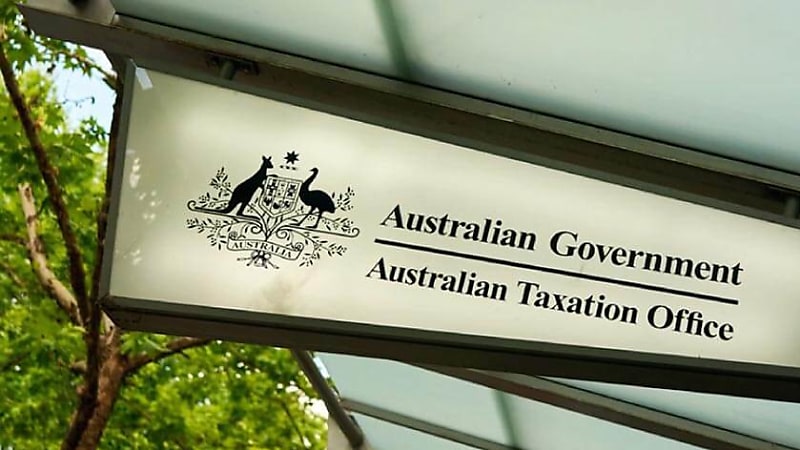Parent-child relationship not a certainty for death benefit dependant: PBR
A parent is not automatically deemed a death benefit dependant of an adult child despite long-term residency conditions being met, according to a recent private binding ruling.
The PBR (052427549159) concerns a beneficiary who was the parent of the deceased adult. The beneficiary received a death benefit payment from the deceased's superannuation fund, which withheld a portion in tax from the death benefit payment.
The beneficiary applied for a private ruling on whether they were a death benefit dependant of the deceased due to being in an interdependency relationship, stating that they had lived together for more than two decades before and at the time of the deceased’s death.
During that time, the deceased contributed to the household in a financial manner and paid for the internet at the shared premises. The deceased and the beneficiary shared domestic duties in the household; washing, housework, yard work and cooking and supported each other emotionally as well as travelling interstate together.
The beneficiary was approved for compassionate release of superannuation for funeral costs due to being the only person supporting the deceased and being found to be dependant on each other.
Documentation supplied to support the application included bank statements and a statutory declaration signed by the beneficiary stating that the beneficiary and the deceased resided together for 25 years and provided financial, domestic and emotional support to each other during this time.
ATO-held information confirmed the residency claims and that the beneficiary was approved for compassionate early release of super benefit for the recent passing of a dependant and funeral costs.
The ruling said the first requirement to be met to determine if an interdependency relationship existed was to prove a close personal relationship.
“A close personal relationship will be one that involves a demonstrated and ongoing commitment to the emotional support and well-being of the two parties,” it read.
“The Explanatory Statement to the Income Tax Amendment Regulations 2005 (No. 7) stated that, generally speaking, it is not expected that children will be in an interdependency relationship with their parents.
“While this statement does not preclude a child from being in an interdependency relationship with a parent, it suggests that interdependency only exists where the relationship goes beyond the usual relationship between an adult child and a parent.”
It continued that in this case, the beneficiary provided a statutory declaration stating she and the deceased supported each other emotionally during the period they lived together and had lived together since the deceased was born.
However, there was no evidence to show that they have a mutual commitment to a shared life, and the reputational and public aspects of their relationship.
“Their relationship was not over and above a normal family relationship between a parent and an adult child. For the first 18 years of their life, the deceased would have been a child under the age of 18 and a dependant of the beneficiary.”
Furthermore, the ruling said, while the beneficiary was approved for compassionate release of superannuation under regulation 6.19A(1)(e)(iii) of the Superannuation Industry (Supervision) Regulations, this does not in itself establish an interdependency relationship under subsection 302-195(1) of the Income Tax Assessment Act 1997.
“The available information does not support that a close relationship existed at the time of death as per paragraph 302-200(1)(a) of the ITAA 1997. Therefore, the first requirement has not been satisfied in this case,” it read.
The second requirement to be met is specified in paragraph 302-200(1)(b) of the ITAA 1997 and says that two interdependent persons (whether or not related by family) live together.
“Documentary evidence and ATO-held data (referenced under 'Relevant facts and circumstances') confirm that the beneficiary and the deceased lived together until the deceased's passing. Consequently, the requirement specified in paragraph 302-200(1)(b) of the ITAA 1997 has been satisfied in this case,” the decision read.
The third requirement to be met is specified in paragraph 302-200(1)(c) of the ITAA 1997, which states that one or each of these two persons provides the other with financial support.
Financial support under paragraph 302-200(1)(c) of the ITAA 1997 is satisfied if some level of financial support (not necessarily substantial) is being provided by one person (or each of them) to the other.
The ruling said the beneficiary's bank statements reflected payments for essential expenses including some food, streaming services, medical expenses, as well as personal expenses. The evidence showed the beneficiary and the deceased provided each other with some financial support during the final year of the deceased's life.
Consequently, paragraph 302-200(1)(c) of the ITAA 1997 was satisfied.
The fourth requirement to be met is specified in paragraph 302-200(1)(d) of the ITAA, which says one or each of these two persons provides the other with domestic support and personal care.
From the information provided, the beneficiary and the deceased provided each other with assistance by sharing the domestic chores in the household, including washing, housework, yard work and cooking and emotional support.
Therefore, the requirement in paragraph 302-200(1)(d) of the ITAA 1997 has been satisfied.
“As all of the requirements in section 302-200 of the ITAA 1997 have not been satisfied, the deceased and beneficiary were not in an interdependency relationship in the period just before the deceased's death,” the ruling read.
“As the beneficiary was not in an interdependency relationship with the deceased, the Beneficiary is not a death benefits dependant as defined under section 302-195 of the ITAA 1997.”


